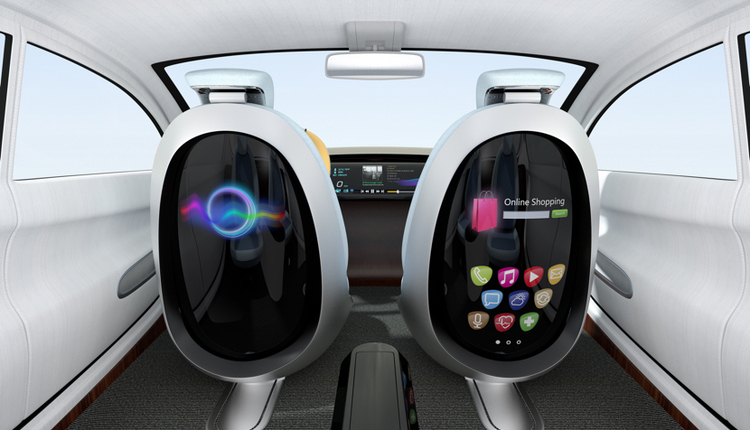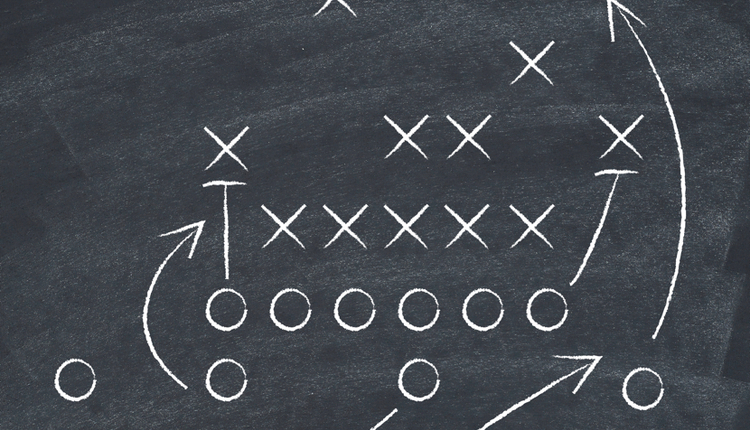
Image by: yaruta, ©2016 Getty Images
According to PwC, nearly 40% of businesses report that the greatest barrier to launching green initiatives is getting the funding. A lack of budget should not be a hindrance.
There are a few eco-friendly refinements that can be made to your mail processes that do not break the bank. At the same time, these modifications can drive indirect benefits, such as increasing revenue and productivity. Here are five refinements to consider:
1. Target mail efficiently. In the United States, approximately 5.6 million tons of direct mail ends up in landfills annually. What’s more is that 44% of direct mail is thrown away without being opened, alluding to the fact that this mail is unwanted.
To reduce this waste, use segmentation, modeling, and the Direct Marketing Association's (DMA's) mail preference service. Segmentation and modeling identify your targeted audience, while DMA’s program prevents companies from sending communications to individuals who are not interested. These refinements reduce the volume of mail being sent and, simultaneously, provide higher quality prospects, which can boost engagement and sales.
2. Leverage personalization. Consider personalizing your communications to avoid mail being labeled as junk. There is no gain in having a mailing go straight to the landfill. Adding content based on a recipient’s gender, age, preferences, and past company history provides the personalization that the average consumer expects today. Consumers’ tolerance for non-relevant information is decreasing rapidly. According to the CMO Council, 54% of consumers say they'd consider ending a relationship with a brand that does not provide personalization. Despite improving the customer experience, research conducted by Econsultancy shows that only 19% of businesses leverage customization. Personalization—if done right—reduces the number of touchpoints required to close a sale and, ultimately, can result in less mailings.
3. Household your mailings. According to Novitex data, approximately 20 grams of CO2 is generated with the distribution of each letter mail on average. To put this in tangible terms, New York University reports that direct mail creates as much greenhouse gas emissions as 3.7 million cars annually.
One way to reduce mail’s impact on the environment is to household, the practice of combining documents that have the same attributes into the same envelope or combining documents that have the same delivery address. This solution reduces the number of envelopes mailed, the materials used and emissions. An indirect benefit is that householding also reduces postage costs.
4. Utilize data hygiene practices. Approximately, eight percent of all mail does not get delivered, amounting to 1.45 billion pieces of "undeliverable as addressed" mail annually. It would be easy to assume that end recipients update and/or correct their addresses for the important items, such as bank statements, insurance documents and tax forms. This is not always the case. Before the Internal Revenue Service (IRS) implemented programs to reduce returned mail, the agency sent roughly 200 million pieces of mail with 19.3 million pieces being returned each year. That is almost a 10% return rate. Having to resend these pieces resulted in unnecessary environmental waste and use of materials. Plus, the returned mail cost the IRS approximately $57.9 million.
Leverage the National Change of Address (NCOA) Link System to minimize your returned mail. The system is maintained by the United States Postal Service and provides updated information for individuals, families and businesses who have filed a change of address. The system identifies and corrects address errors before mail enters the mailstream.
5. Test mailings. Before fully deploying, send out a small batch test to determine that the mailing’s content drives the desired outcome and that the return rate is minimal. Make sure that the testing group is large enough to provide valid results and is an exact statistical replica of your total list. If the test is successful, roll the mailing out. If it is not, adjust the mailing so you are not throwing away valuable resources.
Ken Bechard is the Vice President and General Manager of Off-site Operations at Novitex Enterprise Solutions. He is responsible for the development and implementation of all customer communication engagements. Ken has a track record of designing Six Sigma solutions that improve both operational performance and financial value. For more information, visit www.novitex.com.


















